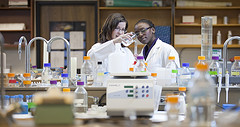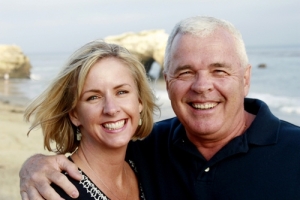 Pharmacy school is a perfect example of supply overwhelming professional demand. Being a pharmacist, wouldn’t you think that many positions would be available everywhere in the country? That is a big negative. There are thousands of unemployed pharmacists in the United States and here’s why.
Pharmacy school is a perfect example of supply overwhelming professional demand. Being a pharmacist, wouldn’t you think that many positions would be available everywhere in the country? That is a big negative. There are thousands of unemployed pharmacists in the United States and here’s why.
As of 2008, there were 100 Pharmacy schools in the U.S. In 2014, that number has increased by 28% to 128 locations. In addition, Colleges of Pharmacy increased the class size to prop up their profit margins.
The current estimate is that by 2018, 20% of pharmacy school graduates will not be able to find a full-time position. This is according to the estimates of Daniel L. Brown. Professor Brown teaches pharmacy in Florida at Palm Beach Atlantic University. He is also a writer studying issues related to a surplus of U.S. pharmacists.
The baby boomer pharmacists were supposed to retire, but many are still working as pharmacists. Many in this age category that are non-pharmacists, have lost their jobs. These “Boomers” are unable to find work. Therefore, they are taking less medications to cut costs. So the demand for pharmacists has significantly dwindled while the supply of new graduates has skyrocketed. In addition, the profit per prescription is down into single digits. Reasons are both an abundance of prescribing much cheaper generic medications and lower reimbursement from insurance companies.
There is also the closing of many pharmacies due to consolidation and buyouts.
Similar surpluses have been occurring with many other professions in the United States. Take a look at job availability for lawyers, physicians, accountants and the list continues to grow for other college degrees.
Potential students have started looking into education costs and professional demand for their desired careers before they commit to a college education. Throughout the country, freshman student enrollment is significantly dropping in pharmacy, law, accounting, etc.
The economy is on a downward spiral with outsourced jobs, worldwide competition and abundant availability of mainly low paying positions. So where does that leave a current high school senior?
Tips For Checking Out Practicality Of Getting A College Degree
- Seek out both a challenging profession and one with high employment demand.
- Figure out an average yearly salary and any added benefits for the position.
- Take economics into account to size up the full cost of education to attain the degree.
- Look into the school’s placement of its graduates and history of their job longevity.
- Intern in the industry as early as possible after starting college.
- If possible, apprentice in your desired profession during your high school years.
Before you sign on the dotted line, make sure joining the ranks of a particular freshman college makes economic sense. Other options like learning a trade or becoming an entrepreneur could serve to make you a happier more fulfilled professional.
Photo credit: lesliebyk / Foter / Creative Commons Attribution-NonCommercial-ShareAlike 2.0 Generic (CC BY-NC-SA 2.0)
Photo credit: University of Saskatchewan / Foter / Creative Commons Attribution-NonCommercial-ShareAlike 2.0 Generic (CC BY-NC-SA 2.0)
Photo credit: thinkpanama / Foter / Creative Commons Attribution-NonCommercial 2.0 Generic (CC BY-NC 2.0)
Photo credit: Thompson Rivers / Foter / Creative Commons Attribution-NonCommercial-ShareAlike 2.0 Generic (CC BY-NC-SA 2.0)
Categories: Health, Medications, Science-Technology


Reblogged this on rxneupharm and commented:
I’ve heard this a bit about PharmD graduates. It seems, though, that this article is only pertaining to retail pharmacists, not hospital positions or non-traditionals. Remember: always take statistics with a grain of salt.
LikeLike
Can’t thank you enough for sharing my article with your readers.
Together we can all make a difference.
Mahalo.
Rob
LikeLike
Thank you for originally posting
LikeLike
Your very welcome.
LikeLike